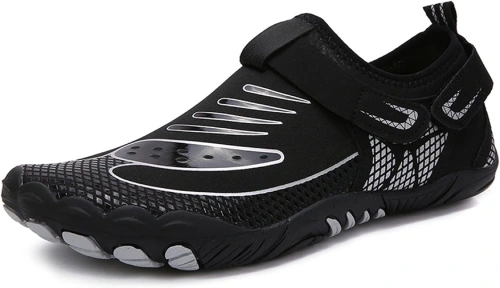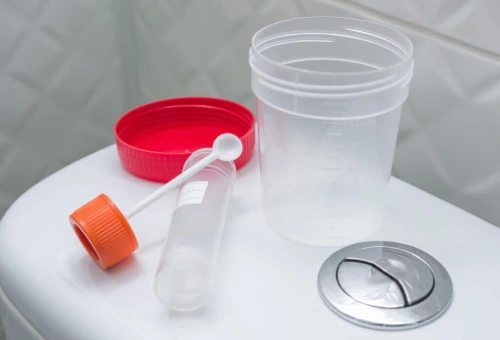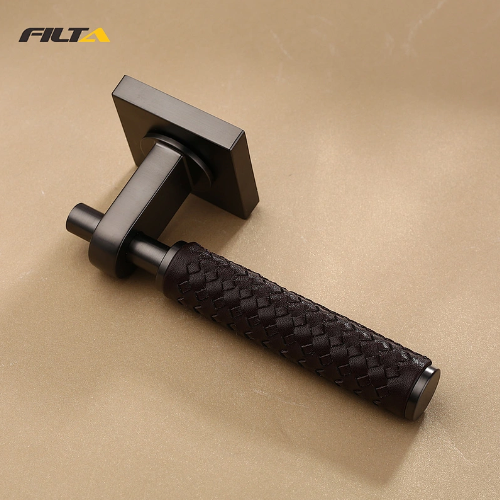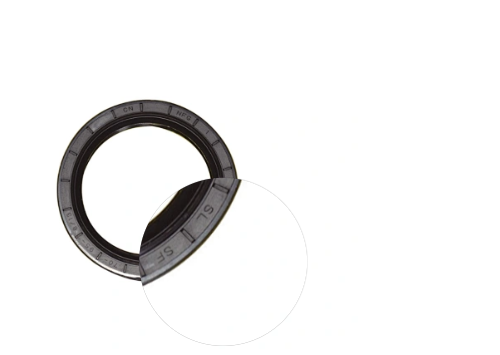Light boxes are widely used tools designed to enhance the visibility of graphic displays through an outer frame. An LED light box specifically utilizes LEDs to illuminate fabric stretched across a frame. In retail settings, the main challenge often lies in capturing the attention of passers-by.
In essence, light boxes are employed to determine whether a campaign effectively attracts people's attention. This post will delve into what an LED light box is, how it operates, and the various applications of light boxes. Continue reading to learn more about LED light boxes.
What is an LED Light Box?
An LED light box is designed to illuminate various graphic displays. It comprises a frame, a graphic material like duratrans or fabric that allows light to pass through, and LED lights, all contained within a frame that ensures the graphic is brightly lit.
Light boxes are highly effective in enhancing visibility and capturing customer attention. It is well-established that illuminated graphics can significantly boost promotional efforts, often increasing sales by up to 30%.
LED light boxes have become incredibly popular in the commercial sector, revolutionizing the display industry with their advanced technology. They greatly enhance brand awareness and visibility, thanks to their innovative illuminated graphics.
These graphics are highly effective at drawing attention. Brands use LED light boxes to showcase their products and services, aiming to drive sales in retail environments. They can also be utilized in other similar settings to promote various offerings. With LED light boxes, you can make your graphics more vibrant and appealing.
Additionally, illuminated displays often feature easy graphic updates, allowing for flexibility and long-term use in your retail space. The market offers a range of LED light boxes, simplifying your choice.
They can be wall-mounted or freestanding and some come with double-sided frames to enhance the graphic's impact. Available in various shapes and sizes, these light boxes are versatile for use in exhibitions, malls, shop floors, and more.
What is an LED Light Box Used for?
LED light boxes are widely used as displays and promotional tools across various sectors, including entertainment, restaurants, venues, retail stores, and casinos. They play a crucial role in reinforcing both back-of-mind and top-of-mind actions essential for raising brand awareness and achieving measurable results.
Featuring bright, energy-efficient lighting, LED light boxes elevate visual illumination to new heights. This makes them suitable for a range of applications, such as retail, healthcare, hospitality, and other commercial environments, providing eye-catching visuals with significant energy savings.
These light boxes are utilized for both indoor and outdoor advertising. You can spot them in sports brand stores, mobile phone retailers, and more. The quality of illumination offered by LED light boxes has impressed users globally, thanks to the durability of the LEDs, which are designed to last for a long time.
The intensity of the display ensures clear and accurate images, essential for effective presentations and promotions. LED light boxes can be wall-mounted or freestanding and are available in various sizes and shapes to meet your specific needs. If you're looking to enhance your brand visibility, an LED slim light box can be highly beneficial.
Primarily used for outdoor advertising, LED light boxes capture significant attention and aid in promoting services, thereby boosting sales. They are also popular in exhibitions, where they ensure that artworks are illuminated effectively, creating a strong visual impact.
In environments with poor lighting, LED light boxes achieve what non-lit displays cannot, providing even light distribution and sharp image quality. This makes them ideal for retail outlets and exhibition centers, where they contribute to creating clear, vibrant displays that attract attention from the crowd.
How do LED Light Boxes Work?
LED light boxes utilize a system of backlit LED strips, representing the latest advancement in LED technology. These LED strips deliver exceptionally bright illumination, reaching up to 7000 lumens, and can be scaled for even larger installations.
The use of LEDs significantly enhances the visual display size, ensuring that brightness and light distribution are consistent across the entire frame. This results in a clearer and smoother image compared to non-lit surfaces.
Backlit LED technology ensures that even larger displays maintain clarity. The placement of the LED strips is crucial; the distance between them affects the quality of the displayed image. For optimal clarity, LED strips are typically spaced between three and four inches apart, with narrow intervals to intensify light output. This technology offers a range of styles and ensures 24/7 visibility for light boxes.
Companies and brands use advertisements to capture attention, and without proper visibility, the effort is wasted. Bright light naturally draws the human eye, making it nearly impossible to miss the message on a slim LED light box panel.
Differences between LED Light Boxes and LED Screen Panels
LED light boxes and LED screen panels have distinct characteristics and purposes.
Graphic Updates
LED light boxes are designed for frequent updates, such as seasonal or monthly promotions. They allow quick and tool-free graphic changes. In contrast, LED screen panels are intended for permanent or long-term displays, so graphic updates are not typically needed.
Material Used
LED light boxes are usually made from extruded aluminum, known for its elegance and durability. LED screen panels, on the other hand, are often constructed from wood, plastic, or steel. While aluminum offers superior aesthetics and longevity, the materials used for screen panels can be more cost-effective. Additionally, LED screen panels are generally larger, making them suitable for big venues like stadiums, buildings, or highway signs where visibility from a distance is crucial.
Security of the Graphic
LED light boxes feature a backlit film sandwiched between two lenses, allowing for easy graphic updates without replacing the lens. This setup often involves slide frames, flip edges, hinged doors, or snap frames. LED screen panels use a single translucent lens layer, designed for simplicity, durability, and moisture management.
Viewing Distances
LED light boxes are typically used for close-up views, ideal for promotional activities. In contrast, LED screen panels are designed for larger viewing distances, making them suitable for broad visibility.
Simplicity
Most LED light boxes are generic or rectangular, which facilitates mass production and reduces costs. Customization is applied to the graphic film itself. LED screen panels, however, are often custom-shaped or feature personalized elements that reflect a brand, and these features are not easily changeable.
Satom Display team is one of the most famous illuminated exit signs manufacturers in China, which has a strong ability in raw material supply chain management and customized accessories. Then we can quickly solve every production problem and keep optimization & innovation with complete & efficient industry chain support. If you want to get custom light box sign, just contact us!











